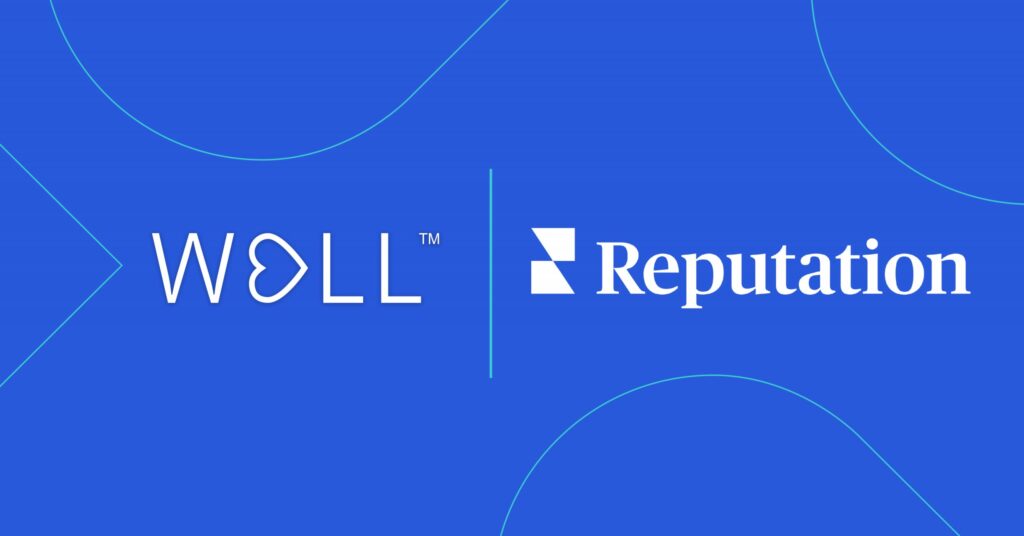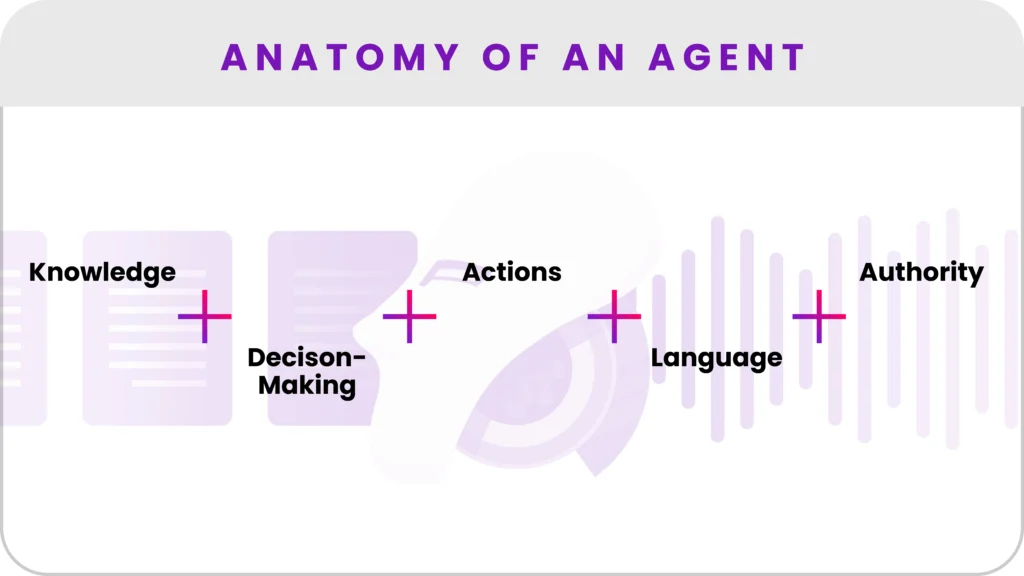On May 11, Meg Aranow, the Senior Vice President of Client Success and Platform Evangelist for WELL™, participated in a Modern Healthcare webinar titled, “Optimizing Your COVID-19 Vaccine Outreach.” Joining Aranow was Annie Haarmann, Head of Strategy and Consulting for Healthcare and Life Sciences at Reputation, an online reputation management company. Moderated by Modern Healthcare content strategist, Adam Rubenfire, the webinar was an informative discussion between two experts in patient communications who offered advice and best practices from their unique perspectives on how health leaders can ensure their vaccination outreach efforts efficiently reach key patient populations.
Best practices for vaccine outreach from health tech perspectives
The webinar began with both health leaders talking about their respective best practices for vaccine outreach. Aranow discussed the eight workflows in the WELL™ COVID-19 Vaccine Communication Playbook, created to help providers guide their patients through the vaccination process. This tactical patient communications playbook was developed in partnership with WELL customers and provides best-practices for educating patients about the COVID-19 vaccine, informing them of its availability, and scheduling/managing appointments. It includes strategies and sample messaging along with complete, detailed workflows.
Haarmann stated that today’s healthcare is being driven by consumerism and the data indicates Google is the number one review site used by healthcare consumers. She recommends that providers actively manage their social channels to see what vaccine questions consumers are searching for so they can provide proper answers and combat vaccine misinformation. In addition, since healthcare is now a feedback-driven industry, providers should always ask patients for feedback since positive reviews will improve a health system’s Google My Business ranking.
Importance of communication in public health
Rubenfire asked the panelists about their thoughts on what lies ahead in the vaccine process now that 34.8% of Americans are fully vaccinated, and about 46% have received at least one dose. Aranow feels what has been accomplished is amazing but moving forward, vaccine messaging must get more personal and more specialized to help convince people to get vaccinated. Originally, the big mass messaging campaign about getting the vaccines created confusion until providers got more engaged and started making more specific messaging. She noted that as a country, our public health system needs an upgrade in terms of how we think about processes, communication, and tracking information. Aranow believes the lessons learned from this pandemic will be very important since they will need to be applied to the next public health crisis.
Haarmann added that this experience has awakened the healthcare industry to the need to share data and rely on technology. She suggested rather than using HIPAA regulations as a barrier to block patient/provider communication about public health matters, healthcare needs to use technology to communicate to healthcare consumers who will expect the health industry to respond immediately with information in a public health crisis.
Removing barriers in vaccine hesitancy
The next question focused on vaccine hesitancy and how to remove the barriers to getting people vaccinated. Haarmann feels educating the public is key. She recommends providers have all their services and access points up to date in real-time especially for their online listings. Haarmann also believes healthcare should be proactive and talk about why people should get vaccinated instead of trying to react to or combat misinformation since that is not an effective use of time. Because consumers trust their physicians and nurses, she suggests using them as ambassadors to get communities vaccinated.
Aranow agrees and feels healthcare needs to be more proactive and not reactive when it comes to customizing messaging especially about vaccine hesitancy. She said instead of telling those who are hesitant that they must get vaccinated, the better approach is to ask them why they are hesitant. If it is an issue of access, Aranow suggests employers step up by creating workplace vaccine clinics or help people with transportation and childcare.
Minimizing no shows, cancellations, and unused doses
A question came from the audience for Aranow regarding best practices for providers who want to minimize no-shows and cancellations in addition to dealing with the second dose drop-off. Aranow started off by saying her learning comes directly from WELL customers and their experiences using the WELL platform. To ensure patients show up for their appointments, WELL customers text patients with vaccine education to first engage them before offering vaccine appointments. Texting has been a particularly effective tool during this time since it’s non-invasive and a great way to reach people where they are. WELL customers then repeatedly text patients with standard appointment reminders so patients won’t forget about their vaccination. With missed appointments, Aranow suggests implementing a very quick follow-up to shorten the turnaround time of bringing people back in, and then make it easy for those that missed their shots to reschedule.
For unused doses, Aranow said WELL customers implemented inventory management and also learned how to calculate how many doses were needed to be taken out of storage for the day’s vaccinations. Many WELL customers also created waiting lists for people that could come in on short notice if there were extra doses which were very effective, however, now that there is the walk-in ability at more locations, this may no longer be necessary.
How health systems can raise their Google ranking
Now that COVID-19 vaccinations have evolved to the point where people are actually leaving reviews about their experience, Rubenfire asked Haarmann how providers should respond to both positive and negative feedback. Haarmann advises health organizations to always be asking for reviews especially since the trend is that people are generally commenting positively on their vaccine experiences. Healthcare organizations are constantly telling her that the star rating they get on Google is not reflective of the actual experience that a patient is having since their CAPS score is always higher.
Haarmann explains the reason is because health systems usually do not get a statistically significant number of reviews and generally, it’s only the people who have had a bad experience that go out of their way to post a review. Therefore, if an organization doesn’t have many reviews and most of them are negative, the Google rating will be low. Most health consumers do not see a health system’s CAPS scores. Instead, what they trust is the user-generated feedback they see from other patients on Google who are speaking about their own experiences, therefore, a volume of reviews is necessary to decrease negative patient sentiment and get an authentic average score.
Building trust through consistent messaging
The discussion turned to the topic of messaging across a myriad of channels and how to cut through all the “noise”, so Rubenfire asked Aranow for tips on breaking down patient communication silos. Aranow responded that it is the very mission of WELL™ to unify patient/provider communications so messaging across all channels stays consistent. She explained that although each component in a health system is well-intended, they each have their own agendas so it’s easy for patients to get mixed messages from various departments. Aranow said it is very hard to build trust with patients if a health organization is inconsistent with their messaging, so the way you become a dependable partner is by being consistent in all your patient communications. The pandemic experience proved that messaging tools these days need to be agile and flexible to reflect ever-changing circumstances.
Appealing to the head and heart of vaccine decision-makers for kids
The webinar wrapped up with a question about the CDC’s recommendation that everyone over 12 years of age get vaccinated and what messaging strategies or communication channels are ideal to encourage vaccination for this patient population. Haarmann joked that the answer is definitely not to go out and make TikTok videos but instead, to appeal to the parents or caregivers. She said targeting the person who is going to be making the vaccine decisions is the best way to get all the young people vaccinated. Haarmann suggests when a parent schedules their vaccine appointment, that is an opportunity for providers to ask if they would like to make an appointment for their kids as well. Another idea she offered is that when health systems send out their back-to-school campaigns about kids getting physicals, they also include information about vaccine appointments.
Aranow added that parents will make vaccine decisions the same way they make other decisions for their kids, using “part head and part heart.” Her advice is to first educate parents about the science surrounding the efficacy of the vaccines and at the same time, engaging their hearts around their desire to see their children grow up in a safe and protected future.♥



